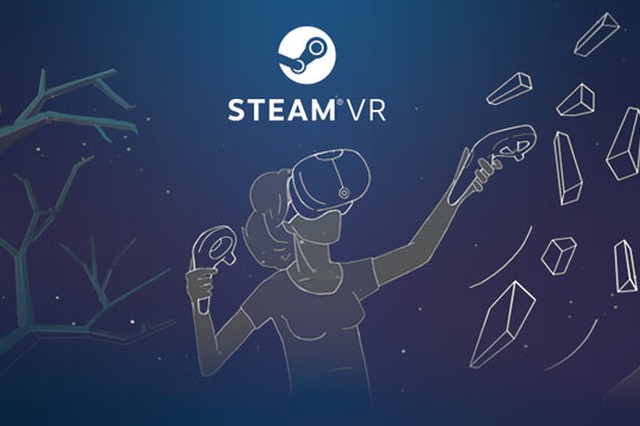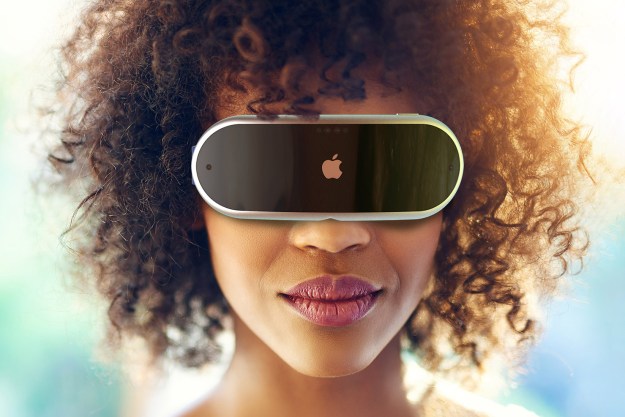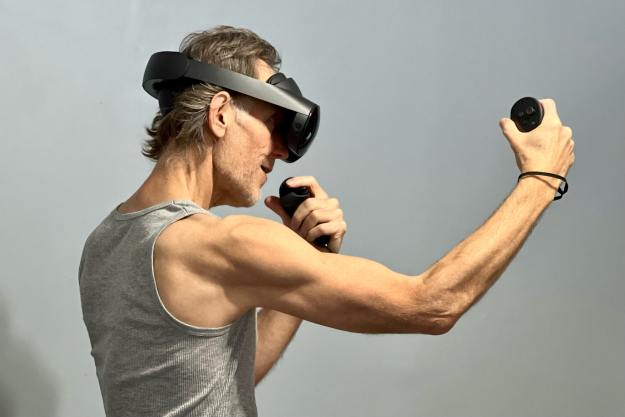
The feature is a boon for virtual reality enthusiasts with limited hardware capabilities, as the technology seeks to deliver consistent VR performance regardless of a user’s chosen VR gear or desktop hardware configuration.
UploadVR reports SteamVR’s new asynchronous reprojection feature is equivalent to “Asynchronous Timewarp,” a technique VR developer Oculus uses to ensure smooth performance for users of Oculus Rift headsets. Both technologies use reprojection to replace dropped frames and eliminate positional “judders” within virtual reality applications that occur when performance drops below 90 frames per second.
After installing SteamVR’s latest beta, users have the option of enabling or disabling asynchronous reprojection within the application’s Performance menu. Valve notes asynchronous reprojection is still in an early testing phase and requires Nvidia video card users to install driver version 372.54 or later. Currently, AMD GPUs are not supported.
VR enthusiasts who want to track the inner workings of asynchronous reprojection can consult SteamVR’s newly updated frame-timing graph, which shows how many times individual frames have been reprojected to account for lag or slowdown. Presented frames are shown in white, while reprojected frames are shown in red, giving users an idea of which VR elements are especially demanding for their hardware setups.
SteamVR also introduced the “allow interleaved reprojection” feature with this week’s update, giving players the option of reducing frame rates to 45Hz instead of duplicating frames. Valve warns that the option “leads to less positional judder, but that judder is more random (which tends to be more annoying).”
As Valve makes its initial steps toward asynchronous reprojection technology, Oculus is already pursuing an advanced method of VR reprojection. Dubbed “Oculus Asynchronous Spacewarp,” the feature allows lower-end PC gaming rigs to run VR applications smoothly thanks to a unique frame-blending spatial transformation method. Currently, Oculus Asynchronous Spacewarp is a feature exclusive to Oculus-brand VR headsets.
Editors' Recommendations
- This new VR headset beats the Vision Pro in one key way and is half the price
- Disney just reinvented the VR treadmill, and it looks amazing
- Steam Deck 2? This leak suggests Valve is working on new hardware
- The Apple Vision Pro has given VR its iPhone moment
- New leak reveals exactly how Apple’s VR headset will work

